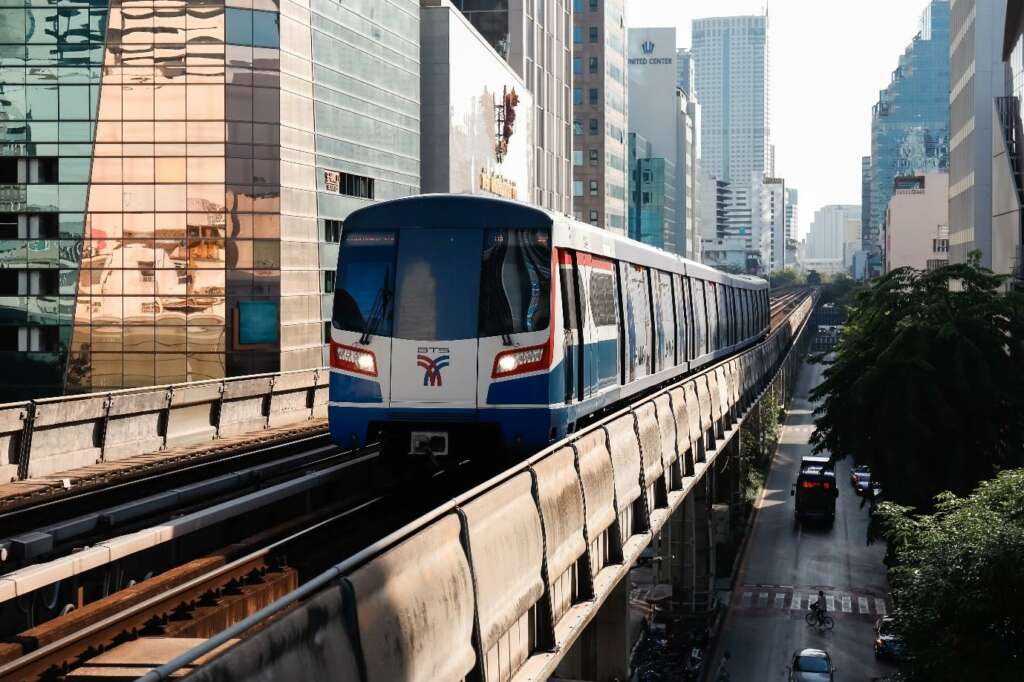
In recent years, the transportation industry has been flooded with new technologies designed to optimize several areas of operations in transit agencies.
Much of this technology comes in the form of intelligent transport systems (ITS).
We thought it would be highly beneficial to explore these ITS to see how the technology works, and how they can provide enhancements to several aspects of your own transit agency.
To better understand how the technology works, let’s look at some of the specific things ITS offers for your transport network…
Real-time vehicle monitoring
One of the many things you can incorporate in your transit agency with ITS is real-time vehicle monitoring.
This allows you to accurately track the position of every vehicle in your fleet, using advanced devices on board your vehicles.
These devices will analyse things such as vehicle position, location, and speed, and relay this information to your command centres.
This can offer you further insight into things such as the predicted arrival times of each vehicle at a stop, as well as the preferred routes for every journey to avoid delays and traffic.
Moreover, this information is collected and shown in real time, which means any changes to the positional information of your vehicles will be immediately detected.
For example, if a sudden road closure occurs, your ITS can notify you of an alternative route for your vehicle to reach the next stop as efficiently as possible.
Real-time passenger information
Real-time passenger information (RTPI) is also something you can gain with ITS in your transport network.
This provides your riders with accurate information on the arrival times of each vehicle at a stop and the routes they’re taking.
This information is gathered using things like real-time vehicle monitoring and other advanced data gathering.
Your riders will therefore have a clear idea of when to expect each vehicle, allowing them to more accurately plan their entire journey when riding on your services.
Also, your passengers can be instantly informed of any disruptions, route changes, or delays as they occur in real time.
This will help avoid any disappointment or frustration caused by riders not knowing when the vehicles will arrive and having to wait for long periods without updates.
Operations control
Operations control is also provided by ITS, and this helps you maintain full control and visibility of your transport network from your command centers.
There are various things you can receive with these systems, such as real-time detection of any issues or incidents that occur in your vehicles’ journeys.
For instance, this could be a faulty ticket validator machine, a broken-down vehicle, or a delay in a particular service.
Not only can you receive information on these issues, but the ITS can even predict these issues before they occur.
As a result, you can more promptly send the right repair or replacement service to the necessary areas in your network, to ensure the impact from these issues is kept minimal.
It is evident that there are many advanced components involved in ITS which can work effectively in transport operations.
As new technologies arise, it’s interesting to ponder how these systems might evolve, moving into the future of transport.
With your newfound knowledge of ITS, will you be incorporating them anytime soon into your own transit agency?

